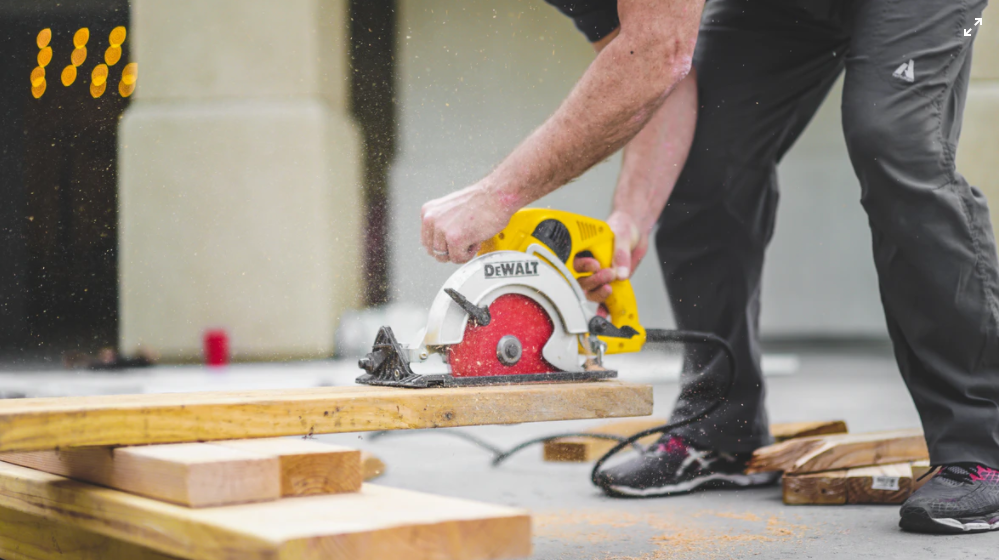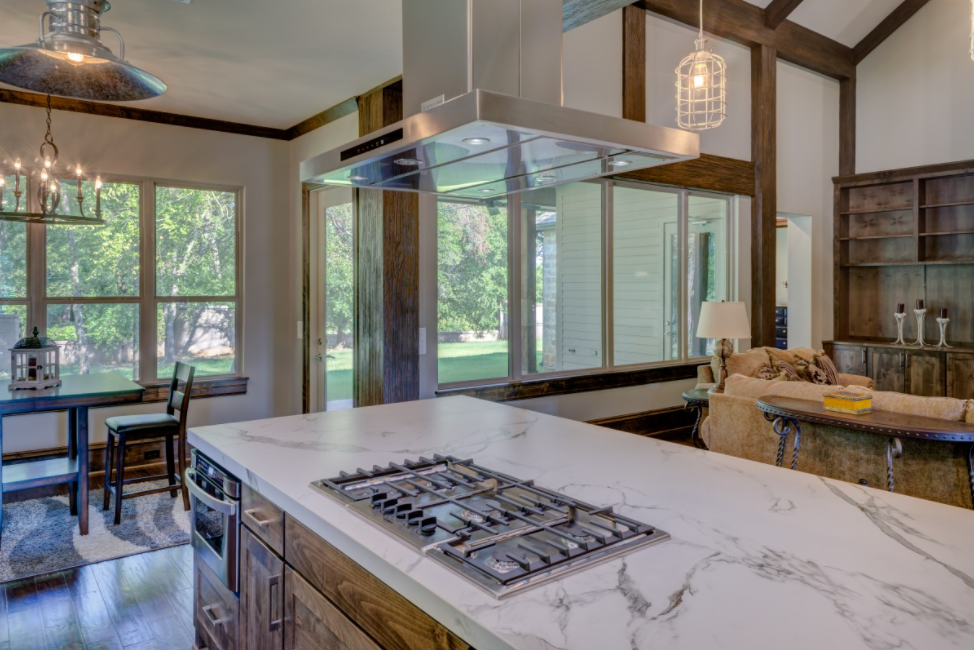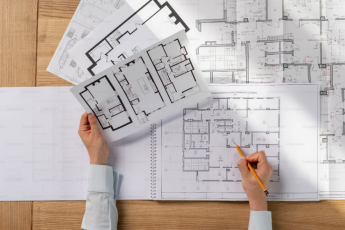Things To Consider When Buying Table Saws

A table saw is a must-have for every woodcutter. Not only is it versatile but also allows you to make an accurate cut!
 Photos By: Unsplash
Photos By: Unsplash
If you plan on purchasing one, we recommend choosing a saw that suits your cutting needs. First things first, get to know the various types of tables saw out there. The other important things to consider are the features and designs.
This information will make it easy and quick to get the right equipment. With that said, here are a few more things to keep in mind before buying. Make sure to do your research if you want to end up with the best bow saws for your projects.
Base Type
The first thing you look at when shopping for a table saw is its power and mobility. Ask yourself whether you will need to move the tool around or you want something sturdy for cutting large pieces of plywood. There are three types of saw setups including Bench tops, hybrid, and stationery.
Bench tops are lightweight and easy to move around. They are also relatively cheaper than the two and ideal for small cuttings. The hybrid, on the other hand, is bigger than the bench top option. This means it can handle bigger cuttings easily.
In addition, hybrids are short on storage space and easy to transport around. The stationery saw is made for serious wood cutting. it is also bulky and may require more than one person to move it.
Table space
The table space is basically the area on the table that supports the wood as you cut it. The size you opt for will depend mainly on the size of the machine and the woodcut it can safely handle.
A smaller portable machine will have a slightly lower table size of approximately 19″x22″. The hybrid machines have a much higher table size than the portable ones while the table space of the stationery saw is much bigger than the two.
Extension Tables
Extension tables allow you to increase the size of your table when needed. This way, you can cut huge pieces of timber too.
Your new machine may not always come with this feature, but it is important to check whether it is made in a way that you can add it in the future.
The good thing about these extension tables is that you can detach them and store them somewhere else. Still, you can only find this feature on larger machines like stationary saws.

Rip Capacity
This is simply the length between the saw blades and the rip fence. The bigger the distance the higher the capacity of the blades to rip.
It all narrows down to the size of wood you plan on cutting. Cutting larger plywood requires a high rip capacity of about 24″ and above. For a smaller cutting anything less than 24″ will do.
The majority of the blades have a higher rip capacity towards the right. It is also worth noting that, you can also increase the machine’s rip capacity by adding extension tables.
Electrical
The average table saw has an amperage of about 15 amps. However, the amperage of a second-hand machine is considerably lower. Experts discourage buyers from buying anything whose amperage is lower than 15amps.
The lower the amperage the weaker the machine will be. For example, you may find it quite challenging to rip a 2×4 plywood with a 13 amps machine. Another thing to consider is the plug voltage.
If you anticipate buying a machine with around 110v or 220v then your plug should have the capacity to handle that voltage. Consider upgrading your power outlet if its voltage is lower than that of the machine. We recommend hiring a professional to do the job.
Blade Size
One critical tip when choosing a blade size is that you should never choose a bigger blade than what the manufacture recommends.
For example, if the blade size of your equipment is around 12″ you can use a 10″ blade but not a 14″ blade. The average blade size of a table saw is around 10″.
You may also find others with around 8″, 12″ or 14″. Make sure the blade size of the machine you opt for equals that of the miter. This will save you from purchasing extra sets of blades for the machine.

Cut Depth
The cut depth of the machine is determined by the size of the blade. The bigger the blade size the deeper the cut depth. For instance, a 10″ blade can cut about 3 inches while a 12″ blade can cut around 14 inches.
Also, a 12″ blade is capable of cutting a large 4×4 plywood but an 8″ blade cannot. Interestingly, the design of the machine can also influence the cut depth.
Most manufactures will include a blade rising mechanism onto the design to enhance the size of the cut depth.
Sawdust build-up can prevent the rising mechanism from working properly, therefore impacting the cut depth negatively. We recommend cleaning your machine often to prevent this.
Dust Collection
Sawdust is linked to various respiratory disorders like asthma, or even nasal cancer, and lung cancer. When purchasing your equipment, make sure it includes a dust collection feature especially if you plan on using it outdoors.
Blade Guard
A blade guard is one of the most critical tools that every machine should have. Although underappreciated, this tool protects the users from accidental blade cuts.
While there are times you might need to remove the guard especially when cutting wider wood, the new models come with a convenient feature that allows faster remover and reattachment of the guard. Click here to see how to choose a the best saw for your project.
Conclusion
There are so many different tables saw designs out there and choosing the right one can be confusing. Nonetheless, with the right knowledge and research, you can make the search much easier. In this article, we have highlighted some of the key factors to consider when shopping. In case you get stuck, we recommend going through various online product reviews for more insight. Also, don’t forget to get referrals from family and friends who have used the same item before.








